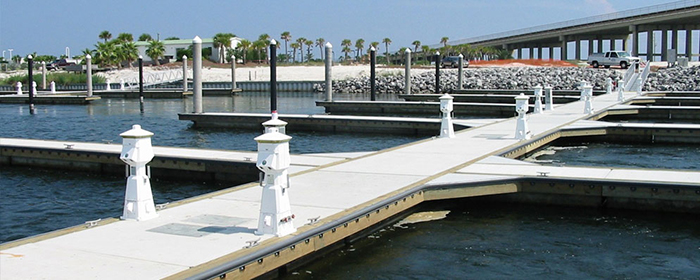|
Article submitted by Ed Lethert
Electric Shock Drowning Safety Specialist
A number of Alaskan marina operators and engineering firms have expressed their concerns about a provision of the 2017 edition of the National Electrical Code, specifically Section 555.3 that defines ground-fault protection requirements for marinas, boatyards, and commercial and noncommercial docking facilities. It reads:
"555.3 Ground-Fault Protection. The overcurrent protective devices that supply the marina, boatyards, and commercial and noncommercial docking facilities shall have ground-fault protection not exceeding 30 mA."
Concern was expressed that the department may interpret this provision as requiring 30 mA ground-fault protection for all overcurrent protective devices in an affected facility, up to and including the main service. According to industry representatives, a 30 milliamp protection requirement at the main would create an unacceptable number of nuisance trips due to the cumulative effect of small leakage currents across a marina, dock, or boatyard.
The Alaska Department of Labor and Workforce Development, through research and consultation with NFPA technical representatives, has determined that this is not the intended effect of Section 555.3. Instead, the intent is to require 30 mA ground-fault protection at each supply point in the marina. This may be achieved through 30 mA protection at pedestals or branch circuits.
The National Fire Protection Association committee that proposed the revision to Section 555.3 stated the following in its revision comments, "The 30 mA ground-fault limit is consistent with that recommend in the Fire Protection Research Foundation report 'Assessment of Hazardous Voltage/Current in Marinas, Boatyards and Floating Buildings'". The Alaska DLWD points out that the final sentence of the NPRF report specifically refrains from making a recommendation on main feeder protection, citing the need for further study before an appropriate protection level may be determined.
There is little doubt that Section 555.3 needs re-writing in order to clarify its actual intent. In the meantime, it would seem prudent for the NFPA to provide some written clarification as to how the rule is to be applied while the 2017 NEC is in force.
Meanwhile, the State of Alaska summarizes its position as follows: "As the agency responsible for administering the National Electrical Code for the State, the Mechanical Inspection Section of the Department of Labor and Workforce Development will enforce Section 555.3 of the 2017 edition of the code according to the intent of the National Fire Protection Association. The department will not enforce an erroneous interpretation requiring 30 milliamp ground-fault protection at the main overcurrent device. We will continue to educate and inform the public prior to regulatory adoption in 2018."
It appears that Alaskans have gotten it right, certainly from a practical point of view. That's one jurisdiction that has addressed the issue...countless more to go.
Read the letter here.
Contact: elethert@gmail.com
http://www.electricshockdrowningmn.com/ | 
